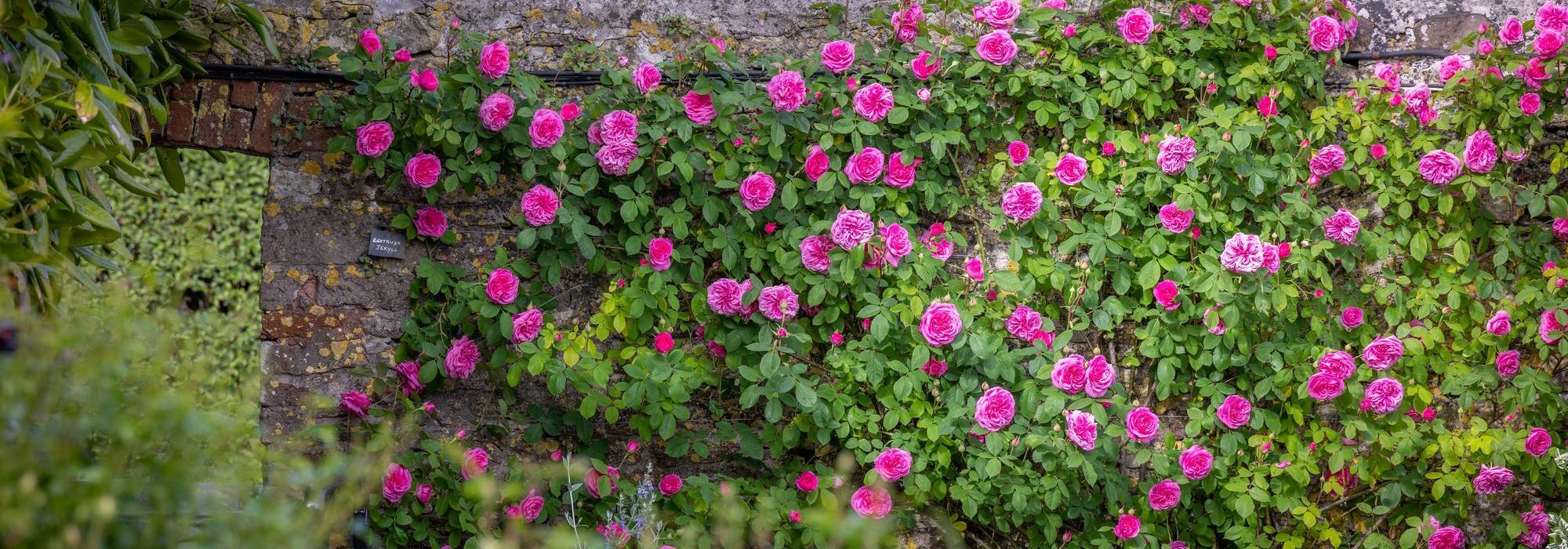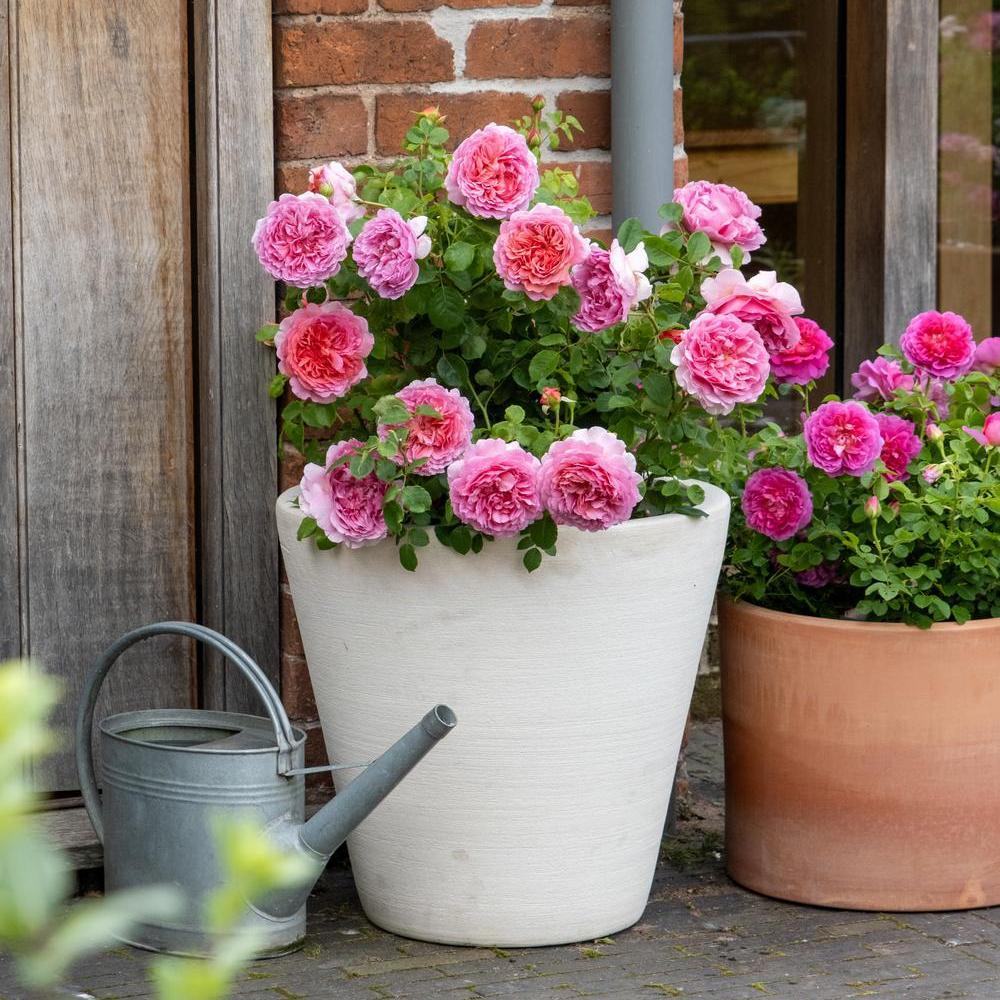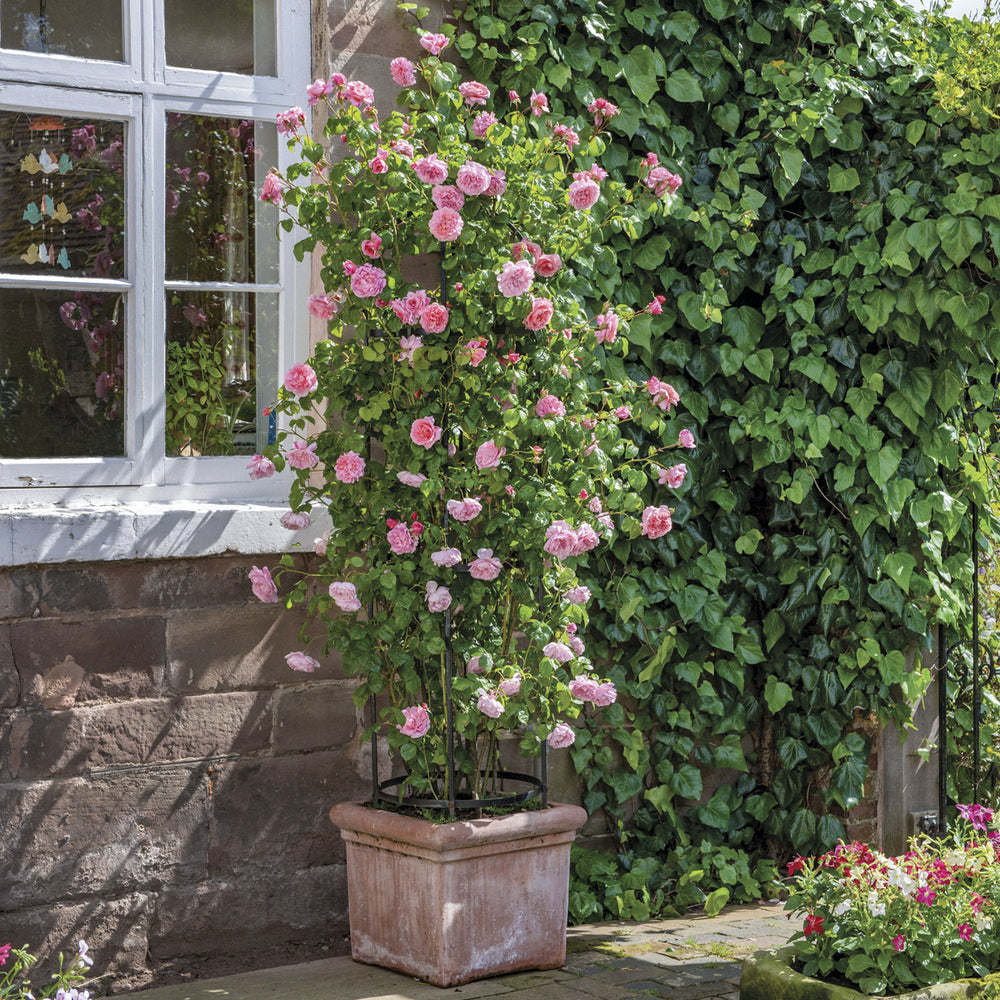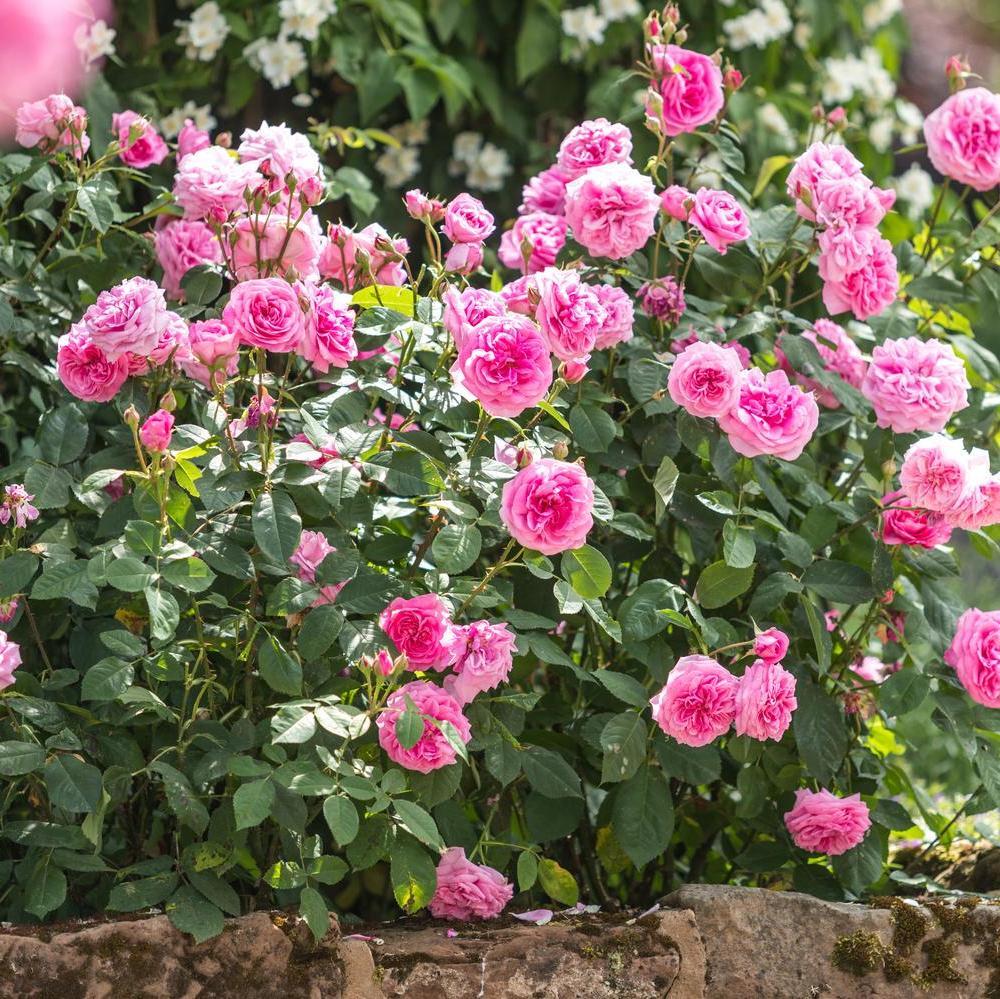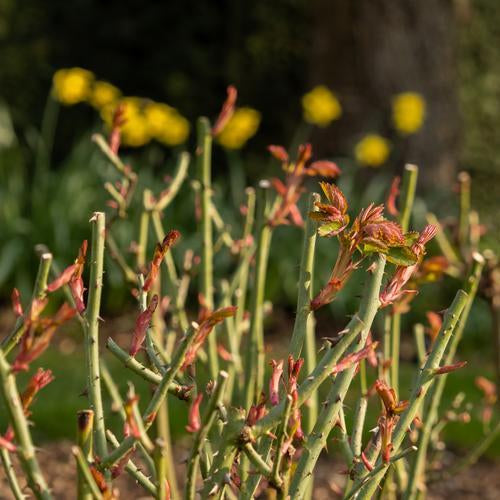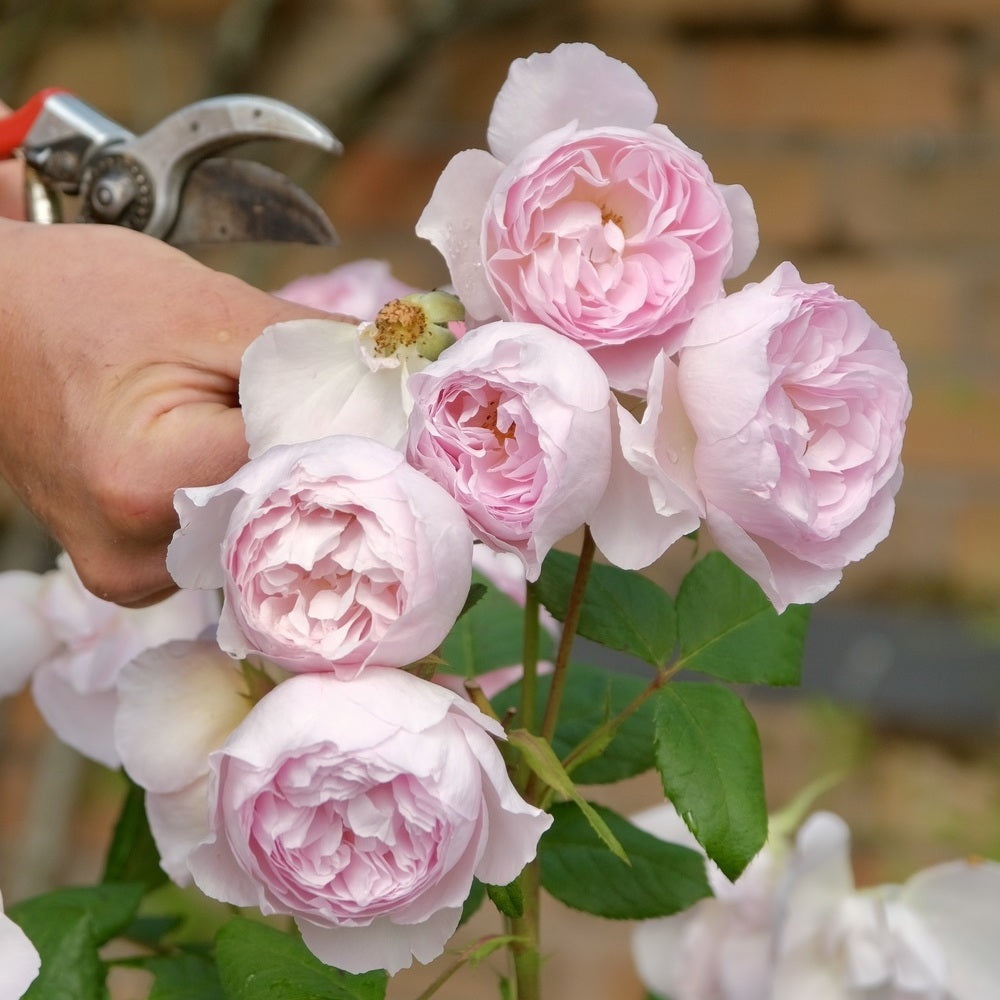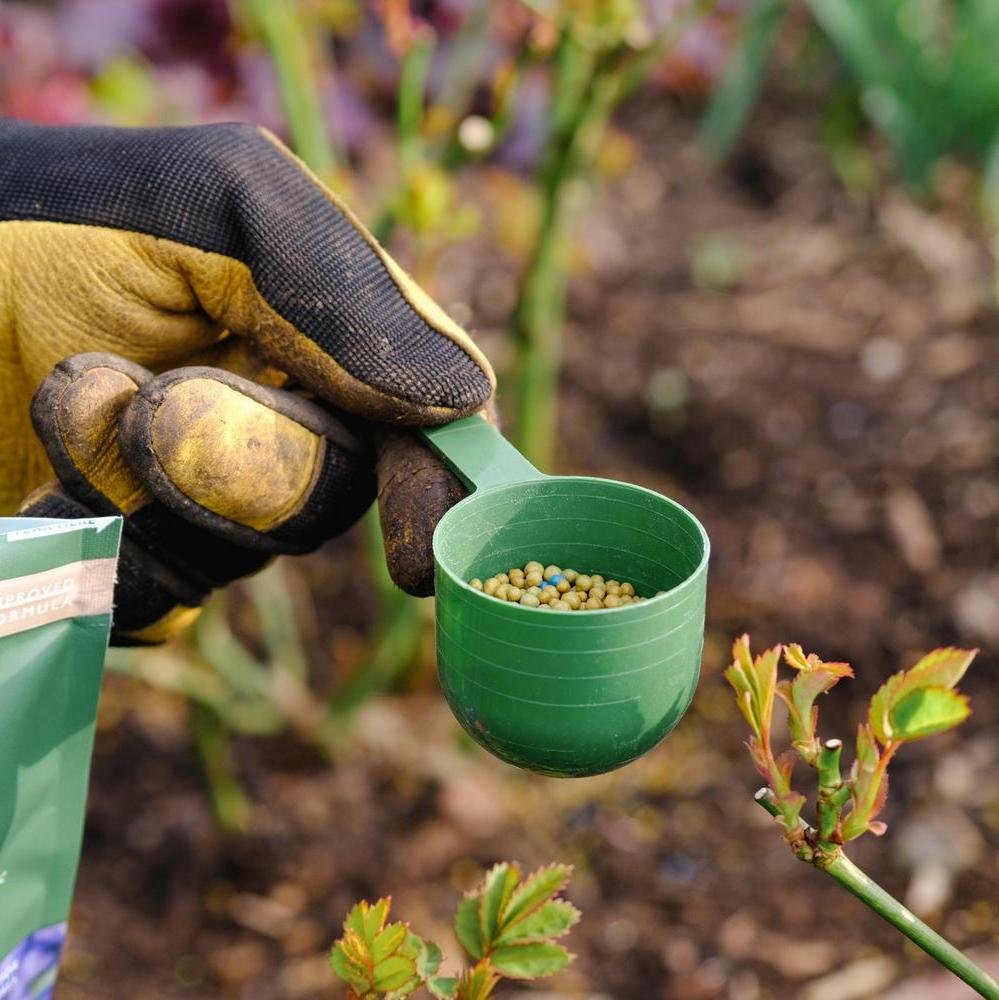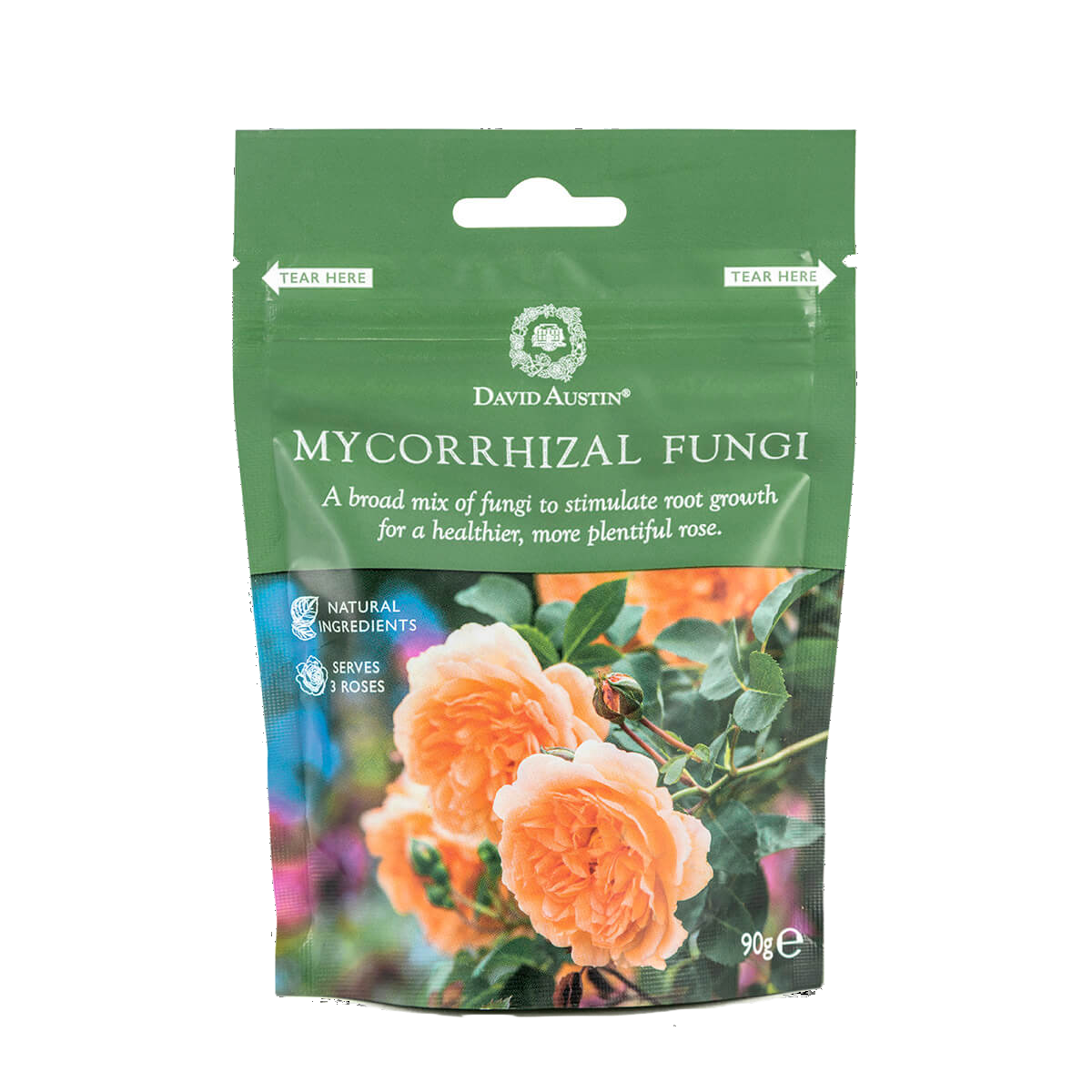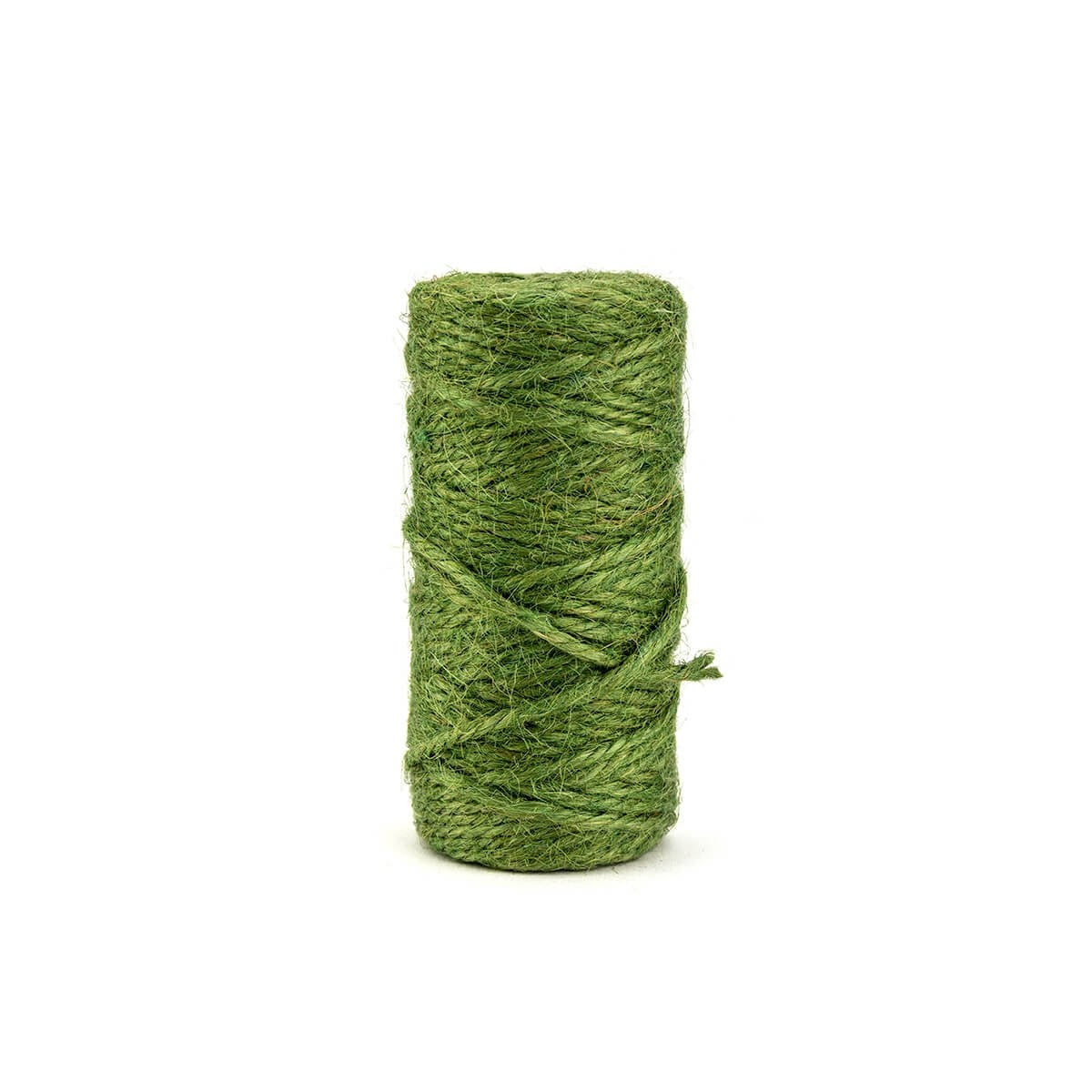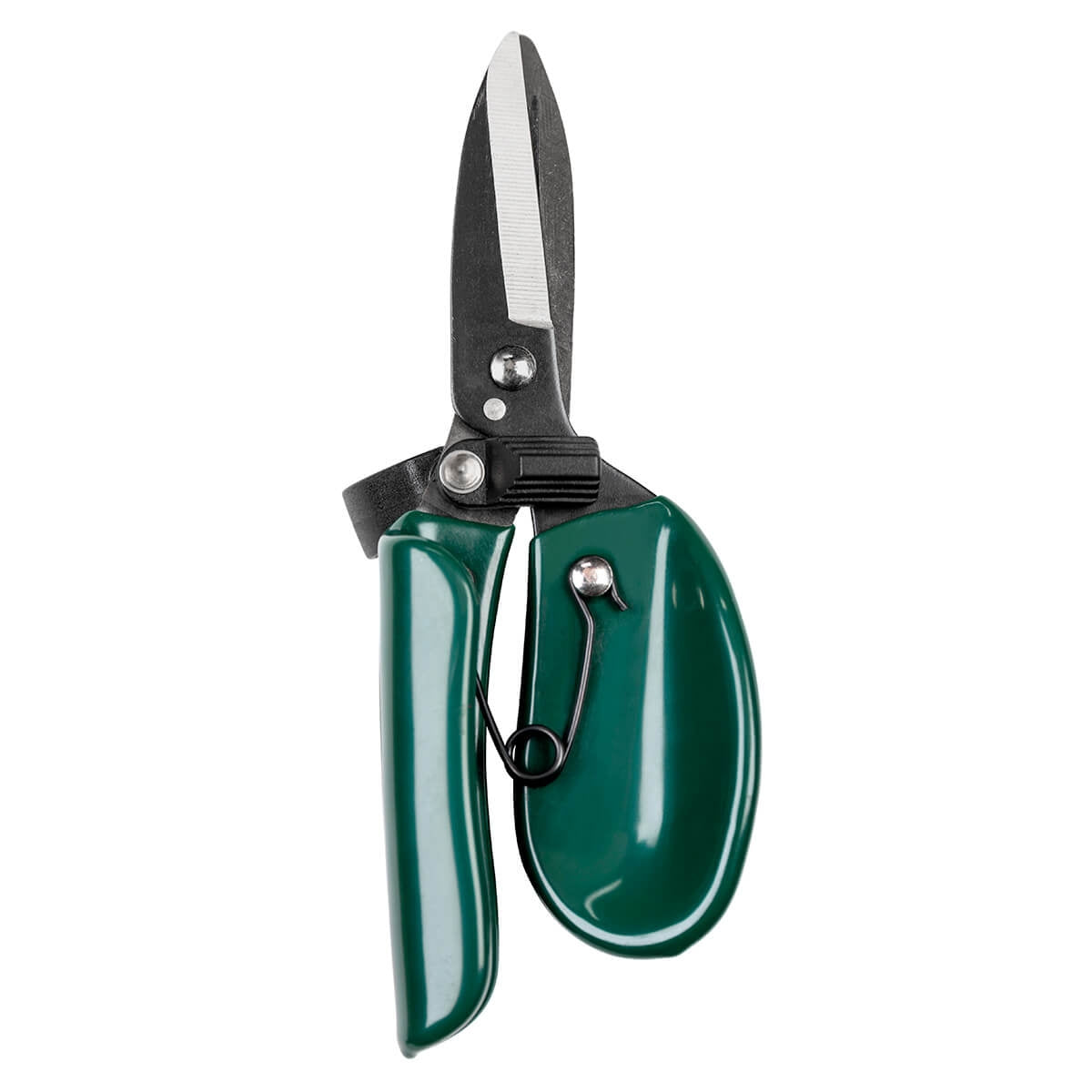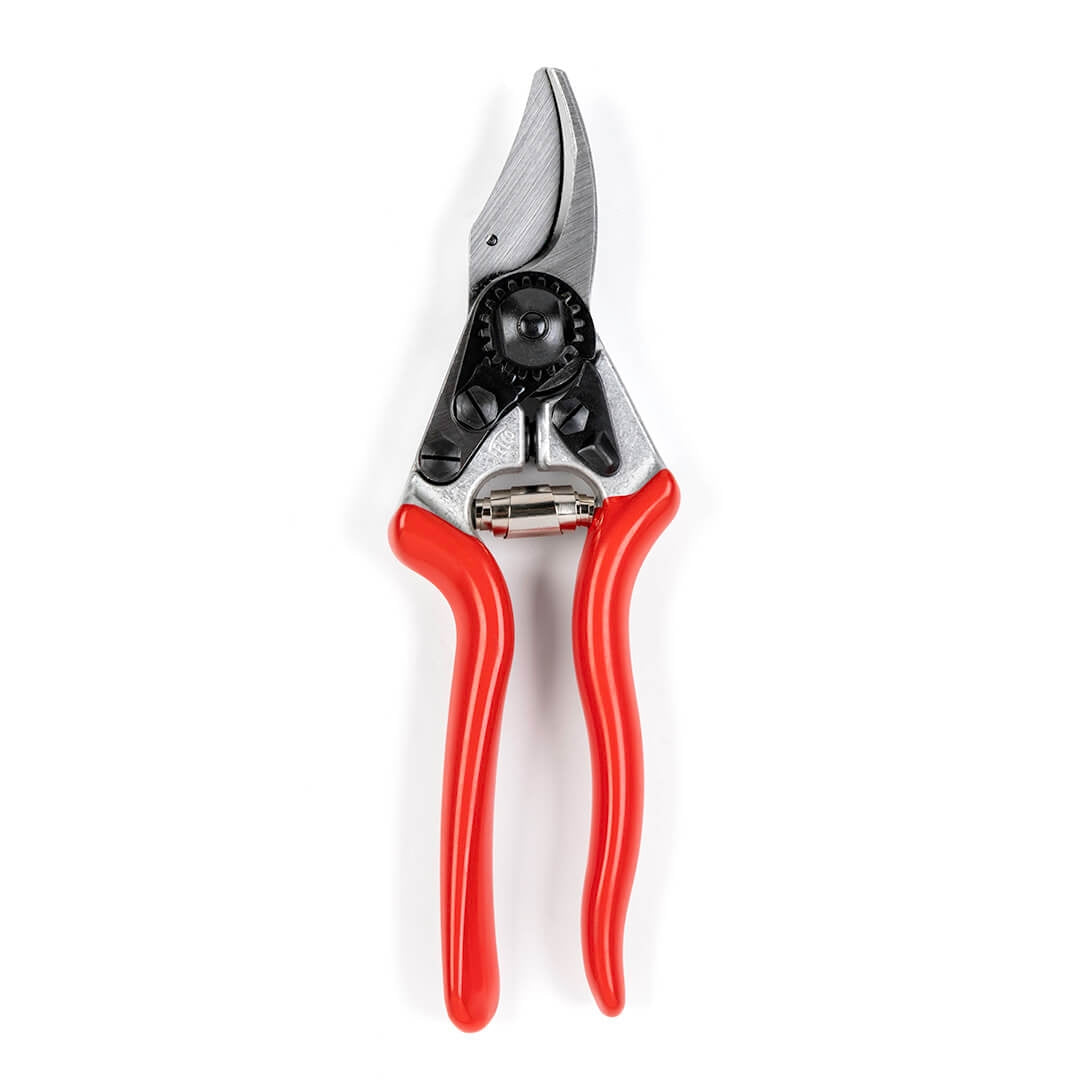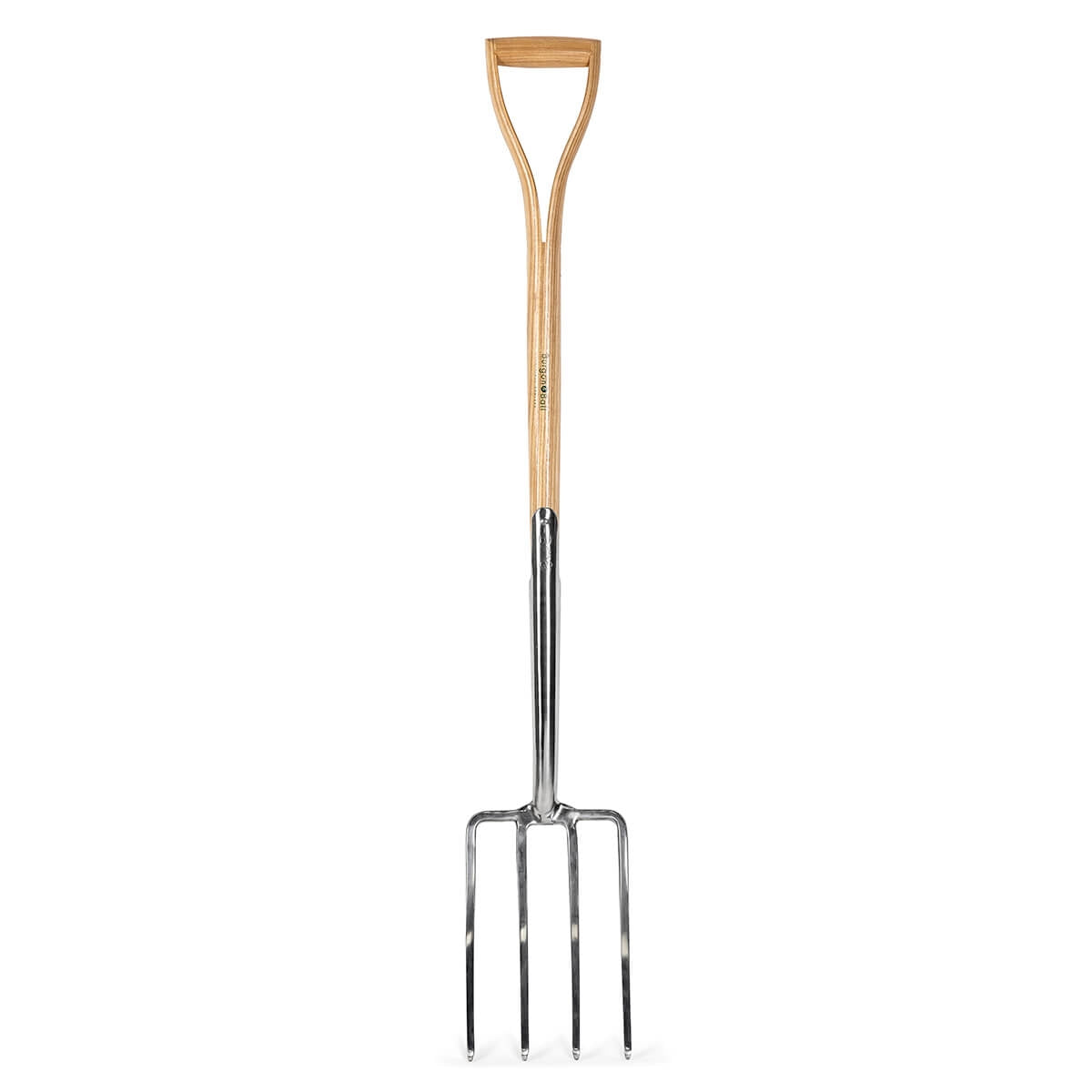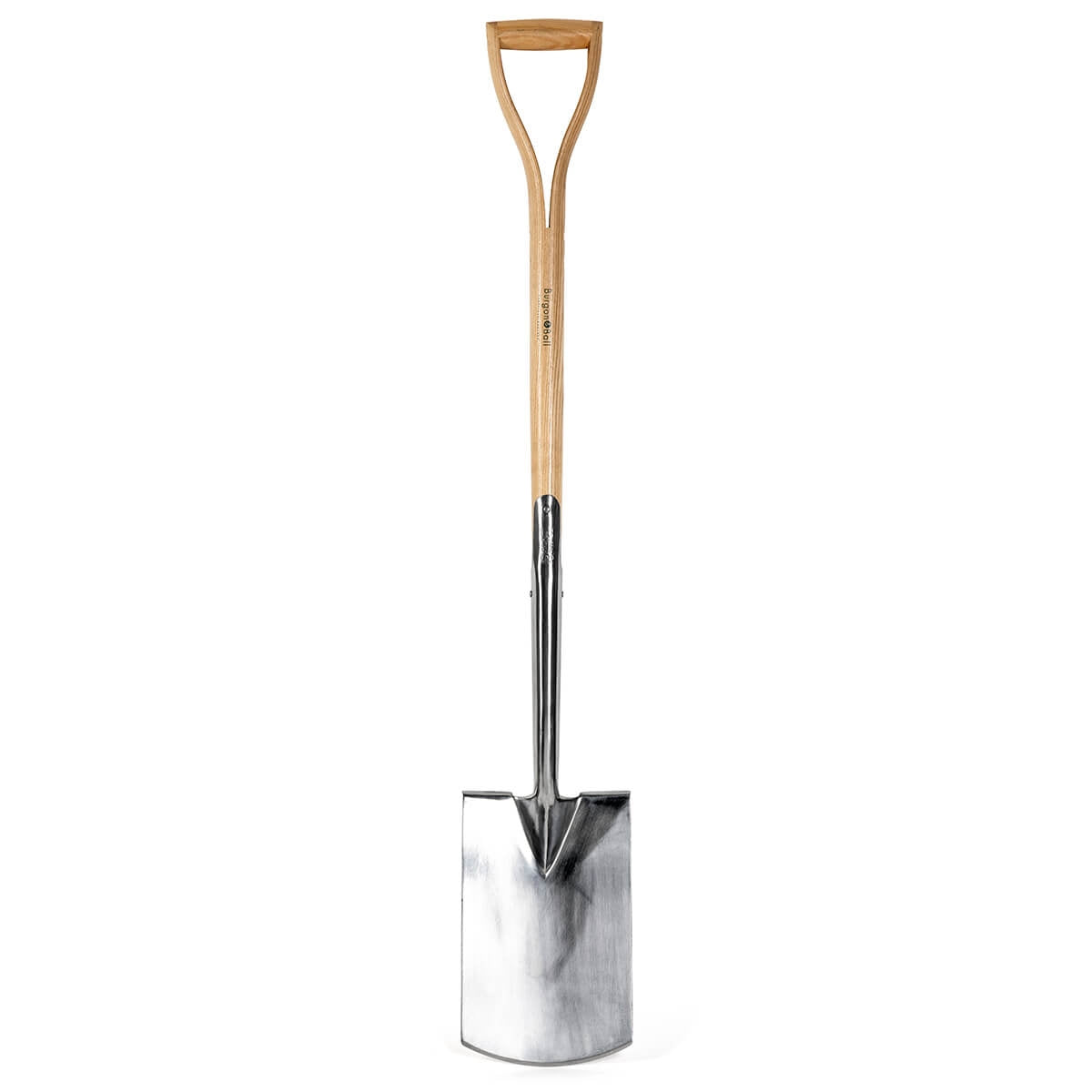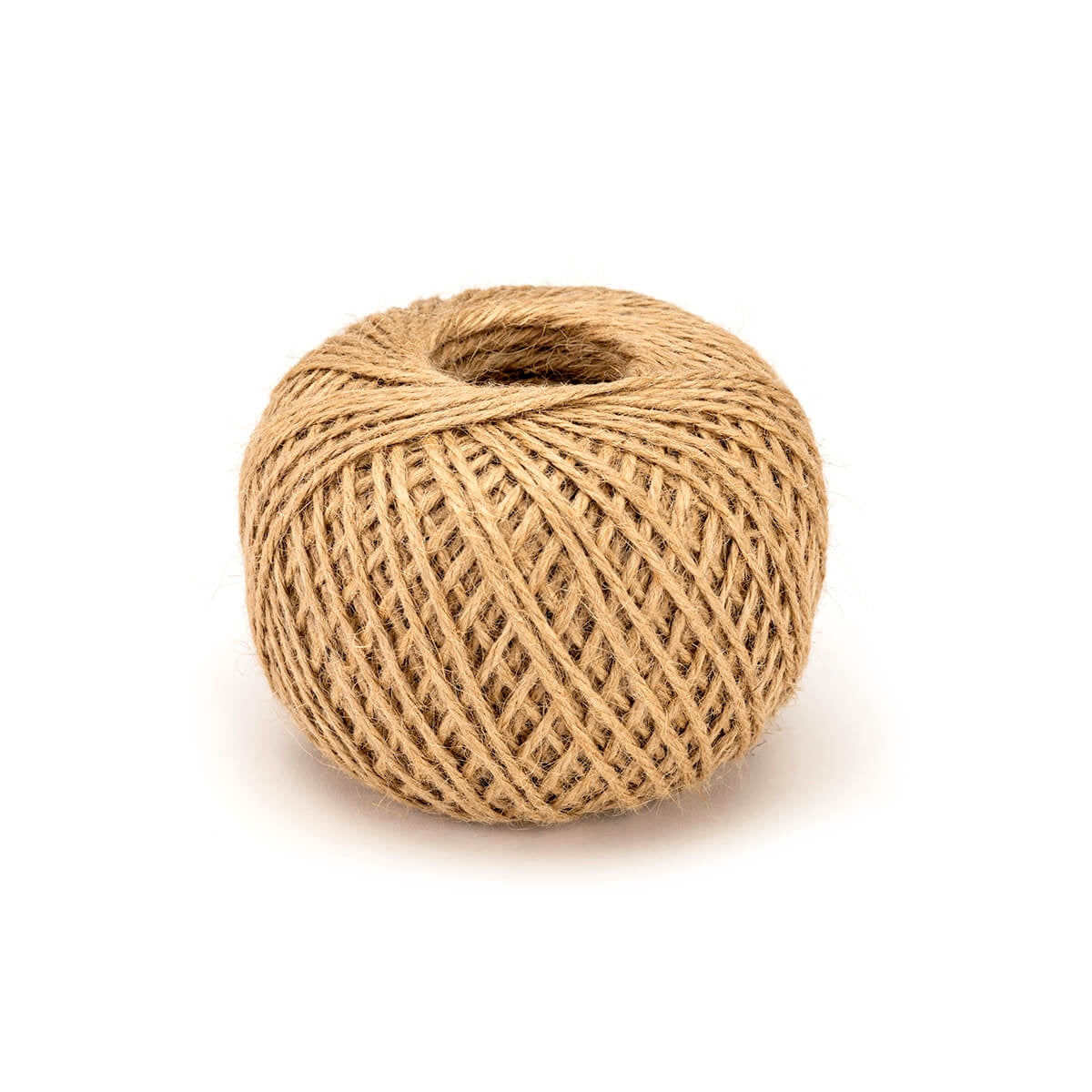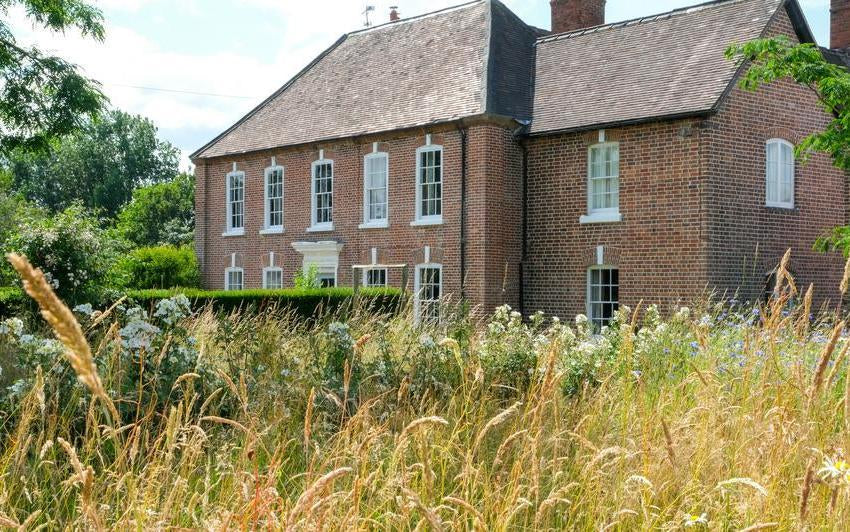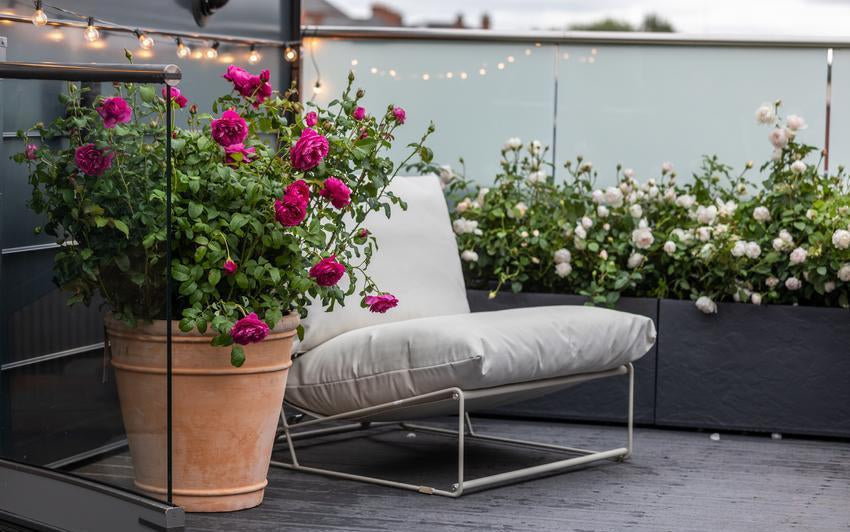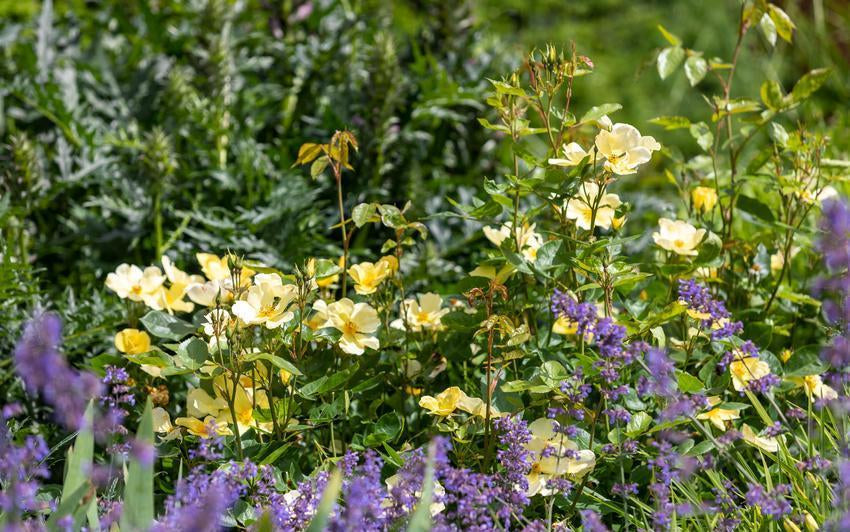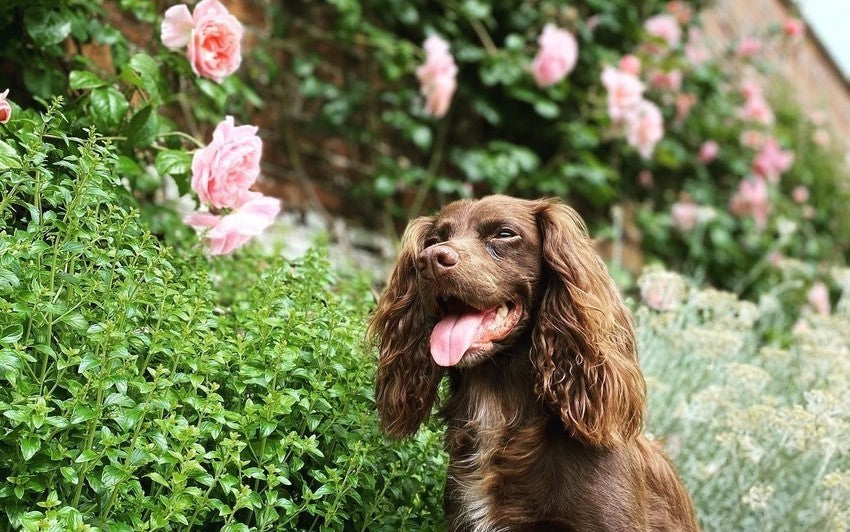Gertrude Jekyll: Caring for the World’s Favourite Rose
Rosa Gertrude Jekyll® (Ausbord) has earned its place as a favourite among rose growers, crowned the world’s favourite rose in 2025. Its appeal comes from the rich old rose fragrance and bright pink blooms that have drawn gardeners for decades. More than that, Gertrude Jekyll is a rose that responds well to how you choose to grow and shape it, whether as a shrub or a climber.
A Rose That Adapts to Your Garden
This rose is not fussy. It grows well in many conditions but does best with at least four hours of sunlight a day. It tolerates some shade and suits almost any garden aspect - north, south, east, or west - so long as the soil allows roots to breathe and doesn’t stay soggy. To support healthy growth, mixing in some compost or well-rotted manure at planting helps enrich the soil and improve its texture.
When planting bare root roses, sprinkling mycorrhizal fungi can give the roots a natural boost, helping them establish and draw nutrients from the soil.
Gertrude Jekyll also does well in containers. For a shrub, choose a pot around 45 centimetres deep and wide; a climber will benefit from a slightly larger pot, about 60 centimetres in each dimension, to accommodate its vigour. A balanced mix of 50% multi-purpose compost and 50% John Innes No. 3 provides the right texture and nutrition for container growing. Water regularly during dry spells, and the ability to move the pot means you can shelter the rose from harsh winds or seek out sunlight as the seasons shift.
If you plant Gertrude Jekyll as a shrub in a border, grouping three together makes a charming, natural effect that evokes the informal beauty of an English cottage garden.
Training and Pruning: Shaping Gertrude Jekyll Your Way
The rose itself remains the same, but how you train and prune it shapes its form. As a shrub, it forms a rounded bush about three and a half feet tall and three feet wide but can grow taller so is best planted at the back of a border. Each spring, begin by removing any dead or weak wood, then trim back roughly one third of last year’s growth to just above an outward-facing bud. This opens the centre of the plant, improving airflow and encouraging strong new shoots and flowers.
Trained as a climber, Gertrude Jekyll can reach eight feet or more. Early season pruning involves removing damaged or overcrowded stems. The main canes should be tied out as horizontally as possible along a trellis, fence, or wall. To encourage a fuller, more even display of flowers, arrange the stems at staggered heights rather than in a single straight line. This allows side shoots to develop at different levels, creating a layered and abundant bloom. A light prune after the first flowering can prompt a second, lighter flush of flowers in late summer.
Deadheading for Continued Bloom
Regular deadheading helps keep Gertrude Jekyll flowering well. Removing spent blooms encourages the plant to produce fresh buds rather than diverting energy to hip production. Cut back to the first healthy five-leaflet leaf or a strong outward-facing shoot for best results.
Feeding for Strong Growth and Flowers
Proper feeding supports the rose’s health and floral display. Applying a controlled-release rose fertiliser in March provides steady nourishment as the plant awakens from winter. To encourage a richer second flush of flowers, a feed of tomato fertiliser in mid-summer can give the rose an extra boost when it is ready to bloom again.
Managing Pests and Diseases
While Gertrude Jekyll is a hardy rose, it can still be vulnerable to common pests and diseases such as black spot and aphids. Regularly checking for signs and promptly removing affected leaves helps keep these under control. Use suitable organic treatments, when necessary, always following instructions carefully. Ensuring good air circulation through correct pruning further reduces the chance of disease.
A Rose with Heritage and Character
Named after the renowned garden designer Gertrude Jekyll, this rose carries her legacy of blending strength with softness, structure with scent. It brings lasting beauty and a rich fragrance to any garden, rewarding those who tend it with its timeless charm.
Roses like Gertrude Jekyll require steady care and patience to thrive. In return, they offer a presence that marks the changing seasons with unmistakable colour and perfume, quietly weaving their story through the garden.










